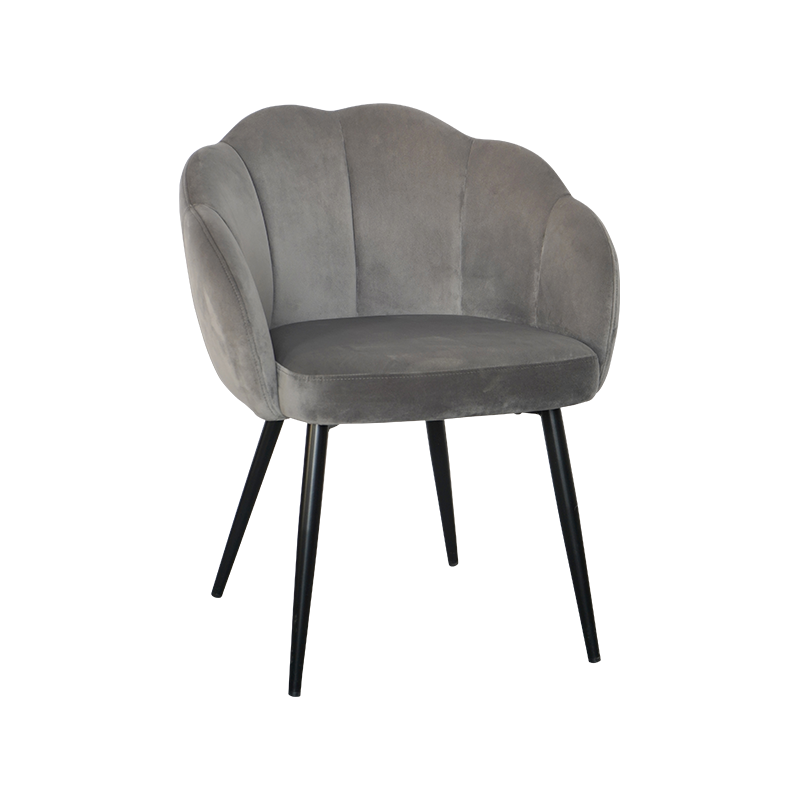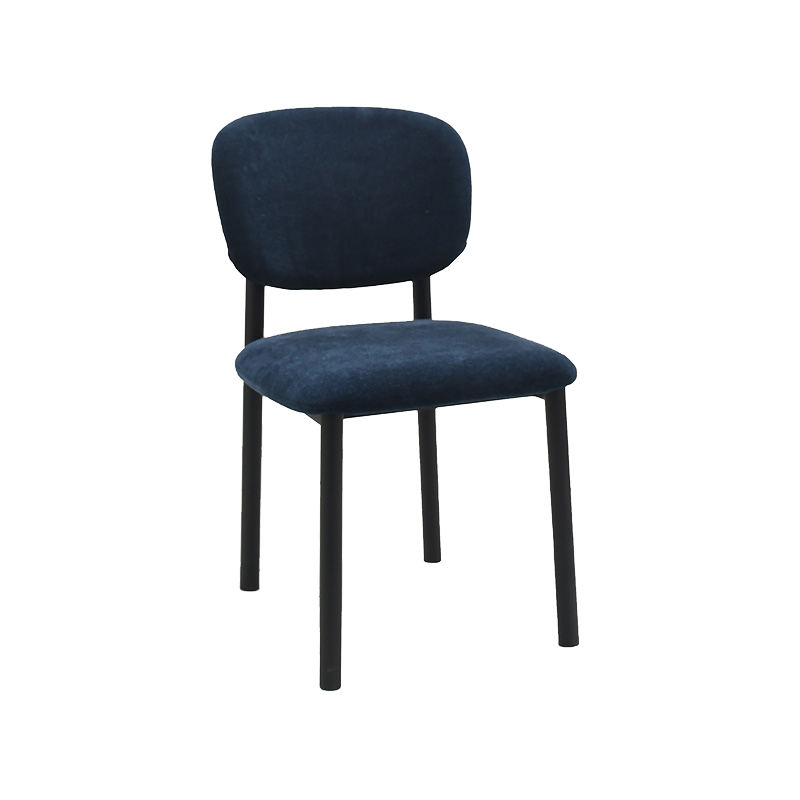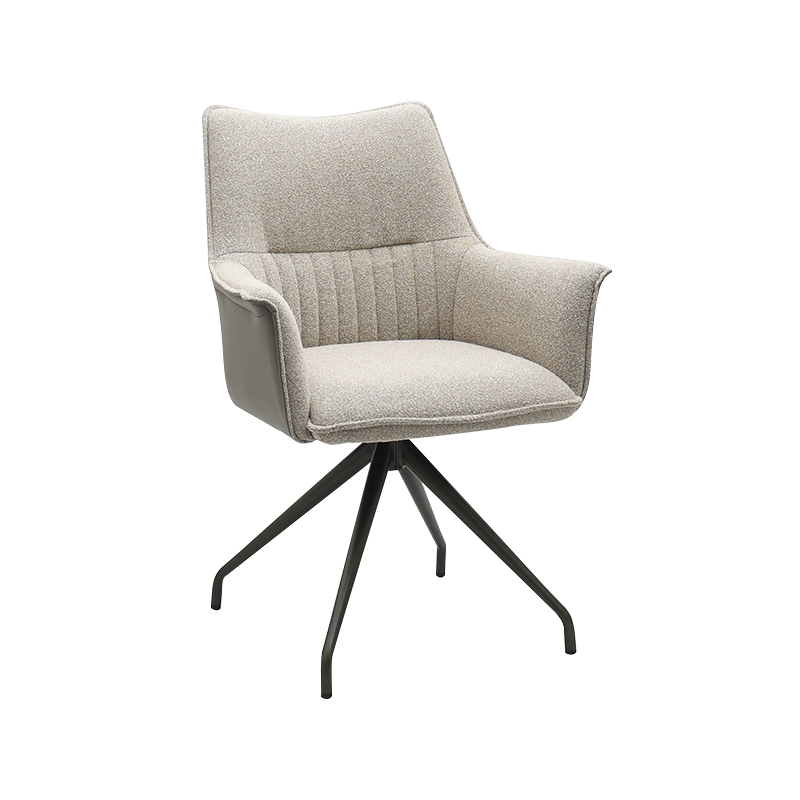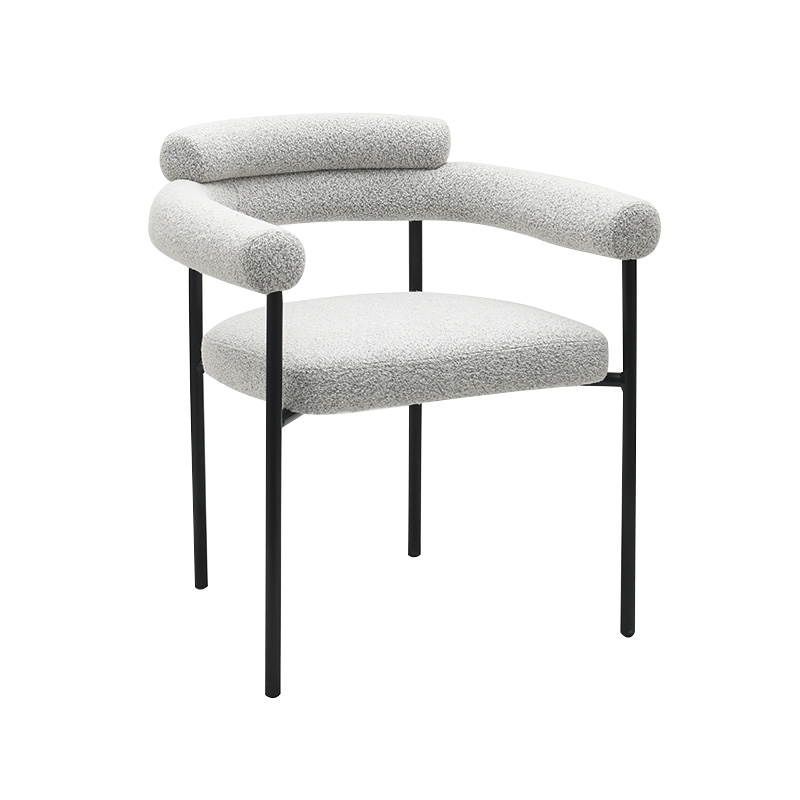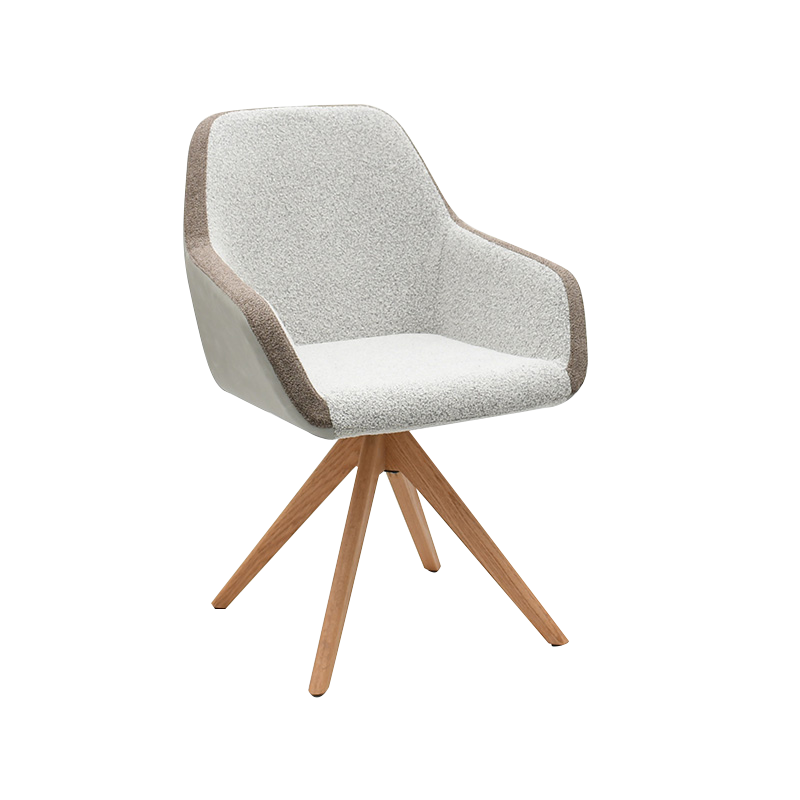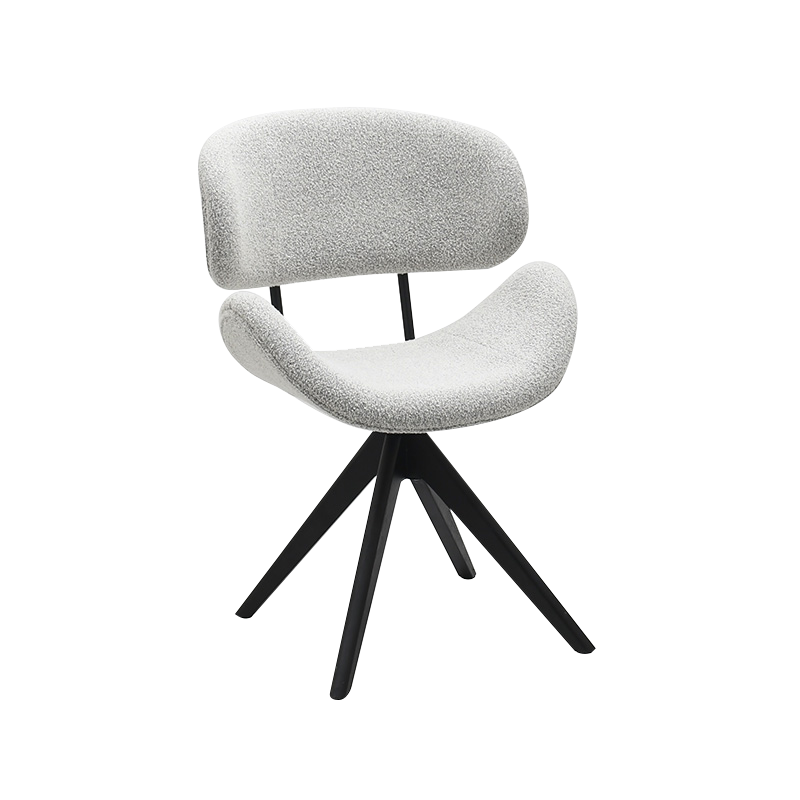Furniture chairs are not only essential components of home and office spaces, but also play an irreplaceable role in modern interior design. From comfort to aesthetics, from material selection to functional design, every detail of a chair directly impacts the user experience and the overall style of the space.
I. Design Concepts and Trends of Furniture Chairs Modern furniture chair design not only focuses on practicality but also emphasizes harmony with the overall spatial style. When creating chairs, designers need to consider ergonomic principles, providing a comfortable experience for extended use through reasonable seat height, backrest angle, and armrest design. Simultaneously, with the diversification of home styles, chair shapes are also showing a trend towards personalization and artistry. From minimalism to industrial style, from Scandinavian style to retro style, chair design has gradually become an important element of interior space aesthetics.
In terms of design concepts, furniture chairs are increasingly emphasizing multifunctionality. Some chairs not only possess basic sitting and reclining functions but also integrate storage, height adjustment, or foldable designs, making them adaptable to the needs of different spaces and scenarios. This combination of function and aesthetics reflects the innovative direction of the modern furniture industry and enhances the usability of furniture chairs. II. The Impact of Material Selection on Furniture and Chairs
The materials used in furniture and chairs directly determine their comfort, durability, and visual appeal. Common materials include solid wood, metal, plastic, fabric, and leather. Solid wood chairs are known for their natural grain and stability, bringing warmth and texture to a space; metal chairs are characterized by their sturdiness, durability, and modern feel, suitable for industrial or modern office spaces; plastic chairs are lightweight and easy to clean, suitable for multi-functional venues.
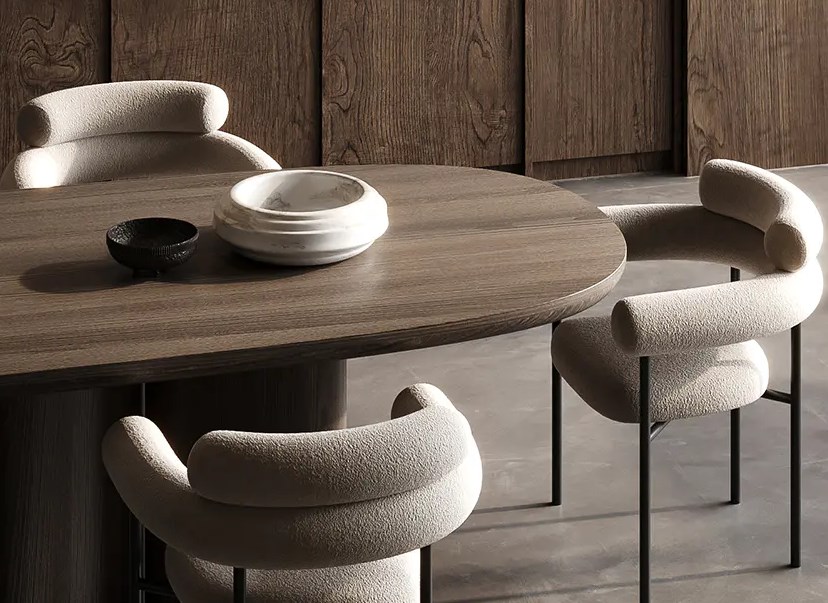
When choosing materials, aesthetics and user experience should not be the only considerations, but also environmental friendliness. In modern furniture design, environmentally friendly materials and sustainable manufacturing processes are increasingly valued. For example, properly treated natural wood and recyclable metals not only extend the lifespan of chairs but also align with green home concepts. A well-chosen combination of materials can enhance the overall quality of furniture and chairs, making them a visual focal point in the space.
III. Ergonomics and Comfort
Comfort is a crucial standard for evaluating the value of furniture and chairs. Ergonomic design, through research on human sitting posture, optimizes seat height, backrest curve, and armrest position, allowing users to maintain correct posture and reduce fatigue during prolonged use. Chairs with different functions, such as office chairs, dining chairs, and lounge chairs, have varying ergonomic requirements.
Modern chair design focuses not only on seating comfort but also on the user's psychological experience. Soft seat cushions, appropriate back support, and armrests that conform to the human body's curves all enhance the overall user experience. Furthermore, some chairs utilize modular designs, allowing for height or tilt angle adjustments to meet comfort needs in different usage scenarios, making chairs core pieces of furniture that combine functionality and experiential appeal.

IV. The Spatial Application Value of Chairs Chairs not only serve as seating in interior spaces but are also crucial components of spatial layout and visual design. In home environments, chairs enhance the convenience and overall aesthetics of areas like dining rooms, studies, and living rooms; in commercial spaces, chairs are a significant reflection of customer experience and brand image.
Different styles of chairs play different roles in a space. For example, uniquely designed lounge chairs can become a focal point, enhancing visual depth; highly functional office chairs emphasize efficiency and ergonomics. A well-planned chair layout not only optimizes space utilization but also enhances the overall spatial atmosphere, making living or working environments more comfortable and efficient.
V. Innovative Technologies and Future Development Trends
With technological advancements, furniture chairs are moving towards intelligence and customization. Through material innovation, manufacturing process upgrades, and intelligent design, chairs can offer not only greater comfort but also personalized functionality. For example, some smart chairs can automatically adjust the seat angle based on the user's body shape and even integrate health monitoring functions, providing users with health management data.
Sustainable design for furniture chairs has also become a key focus for the industry's future development. By optimizing production processes, using environmentally friendly materials, and extending product lifespan, furniture chairs not only provide a comfortable experience but also align more closely with green environmental protection principles. This innovation not only enhances product value but also drives the entire furniture industry towards high quality and environmental friendliness.
As an important component of daily life and commercial spaces, the design, materials, comfort, and spatial application of furniture chairs directly impact the user experience and overall spatial aesthetics. From modern design concepts to innovative technological applications, the function and value of chairs continue to expand. In the future, with the development of personalized, intelligent and environmentally friendly concepts, furniture chairs will not only be simple seating, but also an important carrier of space design and lifestyle.

 English
English Deutsch
Deutsch Español
Español